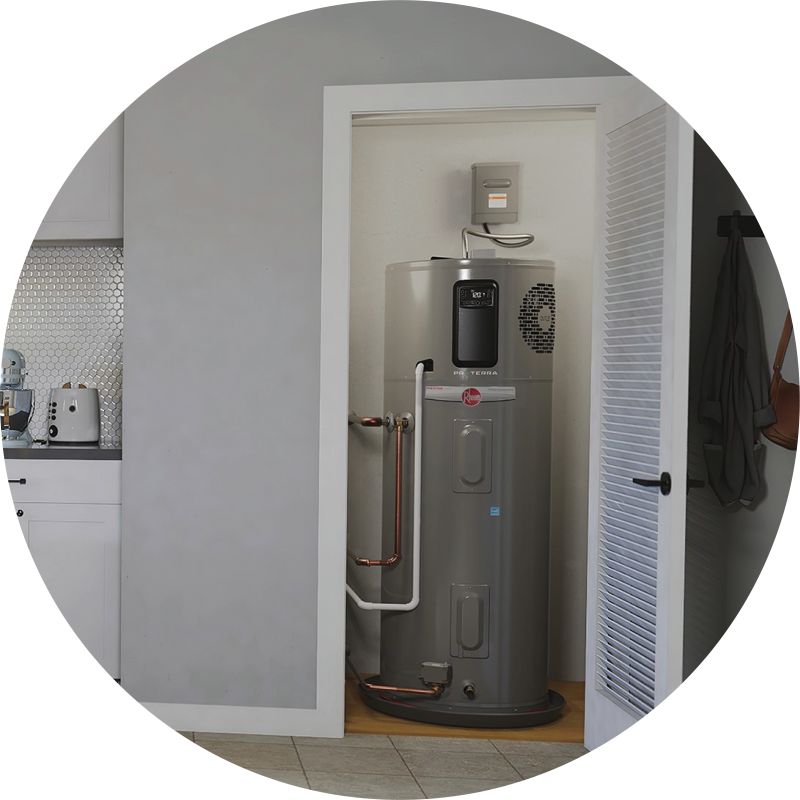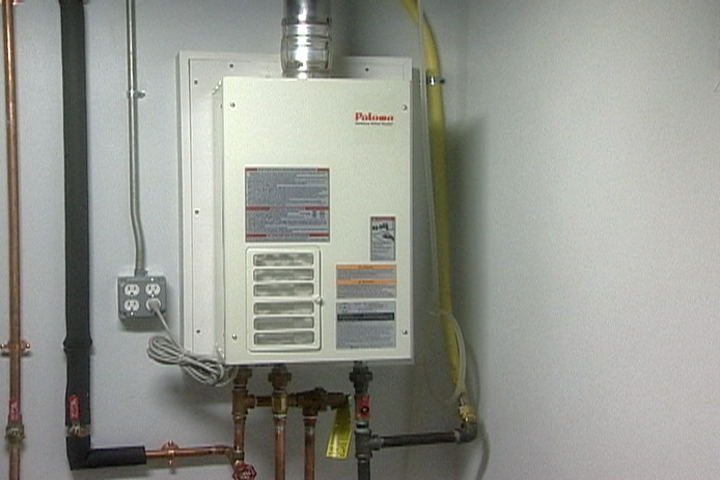Effective Techniques for Maintaining Your Home's Hot Water SystemKey Advice on Maintaining Your Home's Hot Water SystemBest Methods to Care for Your Home's Hot Water System Successfully
Effective Techniques for Maintaining Your Home's Hot Water SystemKey Advice on Maintaining Your Home's Hot Water SystemBest Methods to Care for Your Home's Hot Water System Successfully
Blog Article
This post down below about Tips For Maintaining Your Hot Water Heater is absolutely compelling. You should read it.

Hot water is essential for day-to-day comfort, whether it's for a revitalizing shower or washing dishes. To ensure your warm water system runs effectively and lasts much longer, routine upkeep is essential. This article supplies useful ideas and insights on exactly how to maintain your home's warm water system to prevent disruptions and expensive repairs.
Intro
Keeping your home's hot water system could appear challenging, yet with a few easy actions, you can ensure it operates efficiently for many years ahead. This guide covers every little thing from comprehending your hot water system to DIY upkeep pointers and understanding when to hire expert assistance.
Relevance of Preserving Your Warm Water System
Regular maintenance not only expands the lifespan of your warm water system but likewise guarantees it runs efficiently. Ignoring upkeep can lead to decreased effectiveness, greater energy costs, and also premature failure of the system.
Indications Your Warm Water System Demands Maintenance
Understanding when your warm water system requires focus can avoid significant concerns. Keep an eye out for signs such as irregular water temperature level, strange noises from the heater, or rustic water.
Comprehending Your Warm Water System
Before diving right into maintenance tasks, it's useful to comprehend the fundamental elements of your hot water system. Usually, this consists of the hot water heater itself, pipelines, anode poles, and temperature level controls.
Month-to-month Upkeep Tasks
Normal monthly checks can assist catch minor problems before they escalate.
Purging the Hot Water Heater
Flushing your water heater removes sediment buildup, improving effectiveness and prolonging its life.
Checking and Replacing Anode Rods
Anode rods avoid corrosion inside the tank. Inspecting and replacing them when broken is essential.
Evaluating and Changing Temperature Level Setups
Readjusting the temperature settings ensures ideal performance and safety and security.
Do It Yourself Tips for Maintenance
You can perform several upkeep tasks yourself to keep your warm water system in leading condition.
Looking for Leakages
Frequently examine pipelines and links for leaks, as these can lead to water damages and higher costs.
Checking Stress Relief Valves
Examining the pressure relief valve guarantees it functions appropriately and stops extreme pressure build-up.
Insulating Pipelines
Protecting warm water pipes reduces warmth loss and can save energy.
When to Call an Expert
While DIY upkeep is useful, some issues call for expert competence.
Complex Problems Calling For Professional Aid
Examples consist of significant leaks, electric problems, or if your hot water heater is regularly underperforming.
Regular Specialist Maintenance Benefits
Expert upkeep can include thorough assessments, tune-ups, and ensuring compliance with security standards.
Final thought
Normal maintenance of your home's hot water system is crucial for performance, longevity, and expense financial savings. By following these ideas and recognizing when to seek expert help, you can make sure a reliable supply of hot water without unanticipated disruptions.
Water Heater Maintenance Tips
Test the TPR Valve
Shut off the power and the cold-water supply valve. Place a bucket under the pipe connected to the temperature-pressure-release (TPR) valve on the top or side of the tank. (This valve opens if the tank pressure gets too high.) Lift the valve’s tab to let some water out, then let go. If water keeps flowing, drain the tank partway, unscrew the old valve with a pipe wrench, and install a new one. Check the Anode Rod
Put a hose to the tank’s drain cock and let out a few gallons of water. Now fit a 1 1/16-inch socket onto the rod’s hex head on top of the heater (or under its top plate) and unscrew the rod. If it’s less than ½ inch thick or coated with calcium, buy a new one, wrap its threads with Teflon tape, put it back in the tank, and tighten securely. Use this segmented rod if headroom above the tank is limited. Drain the Tank and Wash Out Sediment
Drain the remaining water in the tank into the bucket, then stir up the sediment on the tank’s bottom by briefly opening the cold-water supply valve. Drain and repeat until clean water comes out of the hose. Close the drain cock, refill the tank, and turn its power back on. Adjust the Temperature
Find the temperature dial on the side of the tank and unscrew its cover. Adjust the dial to 120 degrees using a flathead screwdriver. For every 10 degrees the temperature is lowered, you can expect to save up to 5 percent in energy costs. Turn the water heater off or the thermostat down to its lowest setting if you plan to be away from home for more than three days. Insulate the Pipes
Buy some self-sticking 3/8-inch-thick foam pipe insulation that matches the pipes’ diameter. Slide the foam over the hot-and cold-water pipes as far as you can reach. Insulating the cold-water pipe prevents condensation in summer. Peel the tape and squeeze the insulation closed. If the pipe is 6 inches or less from the flue, cover it with 1-inch-thick unfaced fiberglass pipe wrap. https://www.thisoldhouse.com/plumbing/21016402/how-to-maintain-a-water-heater

I found that piece of writing about What Kind of Maintenance Do Water Heaters Need? when doing a search on the search engines. In case you liked our blog posting if you please consider to share it. Thank you for being here. Please come by our website back soon.
Detail Report this page